


Scientists have launched an interactive global map to show the migratory patterns of more than 100 marine species in an effort to protect at-risk wildlife.
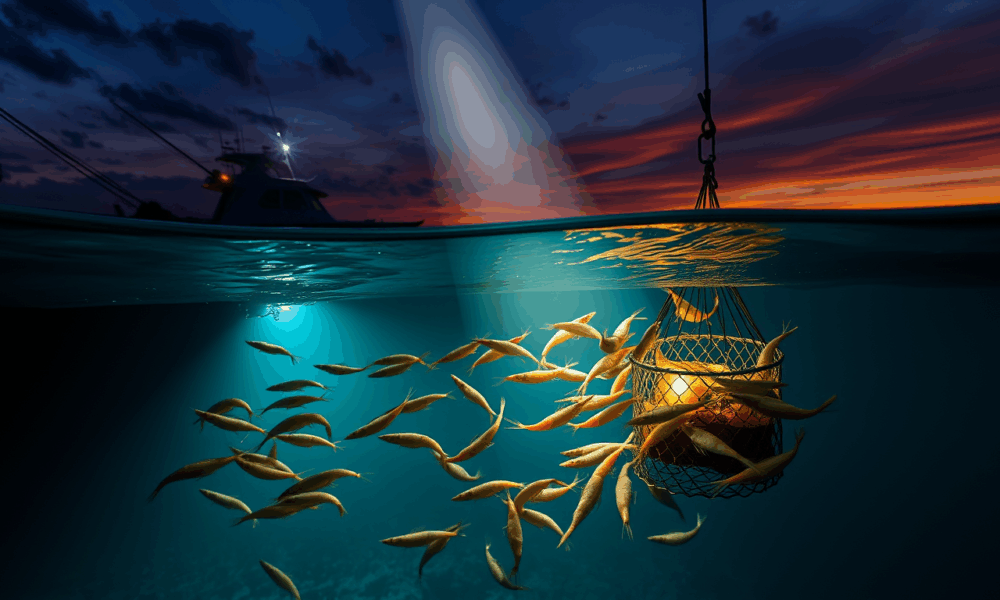
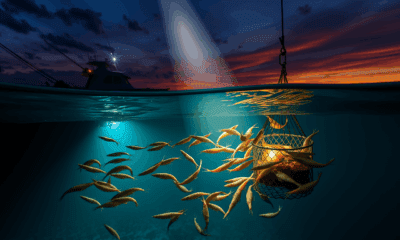

Fishing pots fitted with LED lights catch significantly more shrimp and fish, new research shows.



Termites -- infamous for their ability to destroy wood -- are rarely welcomed into rainforests that have been painstakingly replanted. But a new paper suggests that...



Biologists have discovered two previously unknown species of crocodiles, one living on the island of Cozumel and the other on the atoll of Banco Chinchorro, both...



A new study suggests the use of artificial intelligence (AI) to rapidly analyze vast amounts of biodiversity data could revolutionize conservation efforts by enabling scientists and...



Despite a long history of traditional medicinal use in the United States, the collection, consumption and efficacy of the peculiar forest plant aptly named ghost pipe,...
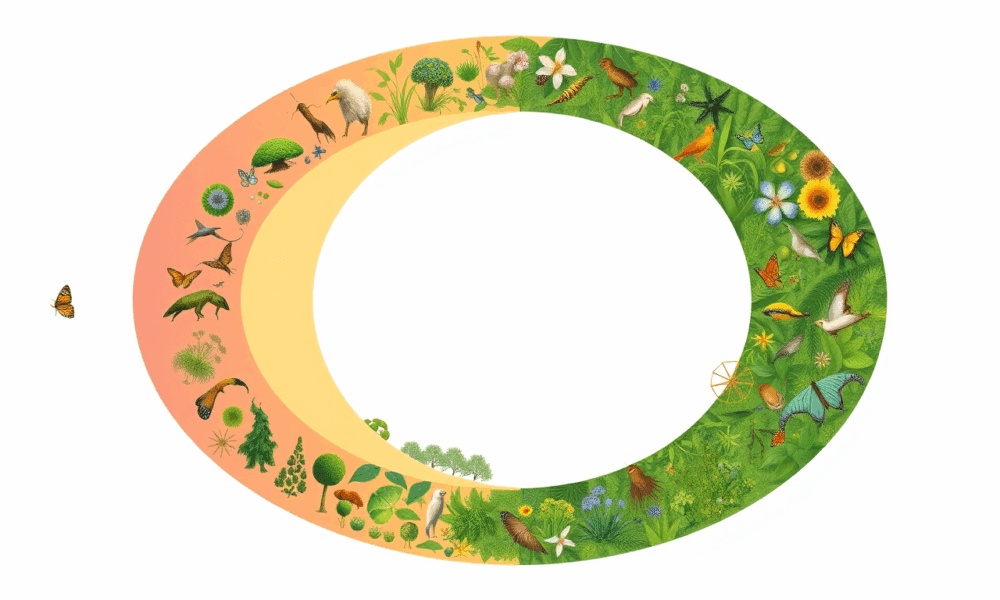
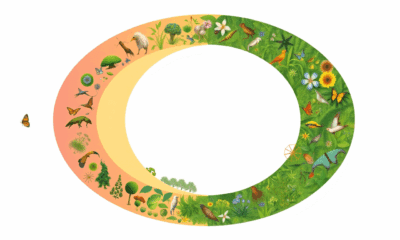

The number of species does not increase evenly when going from local ecosystems to continental scales -- a phenomenon ecologists have recognized for decades. Now, an...
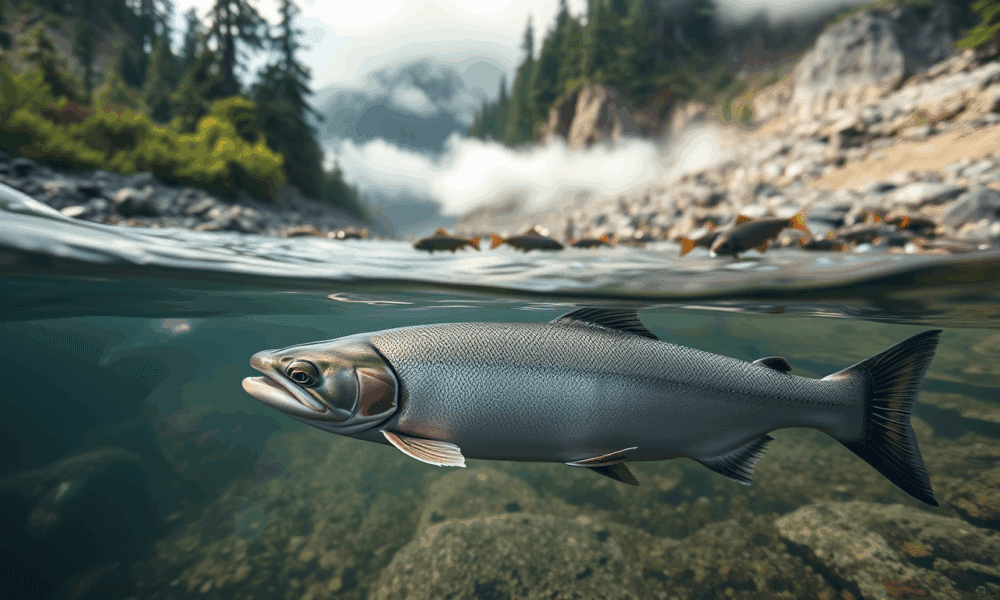
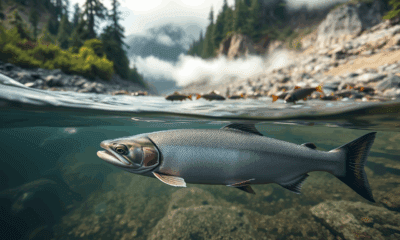

The well-known salmon life cycle has long been described as going only one way at a time. Juvenile salmon hatch and swim down rivers to the...
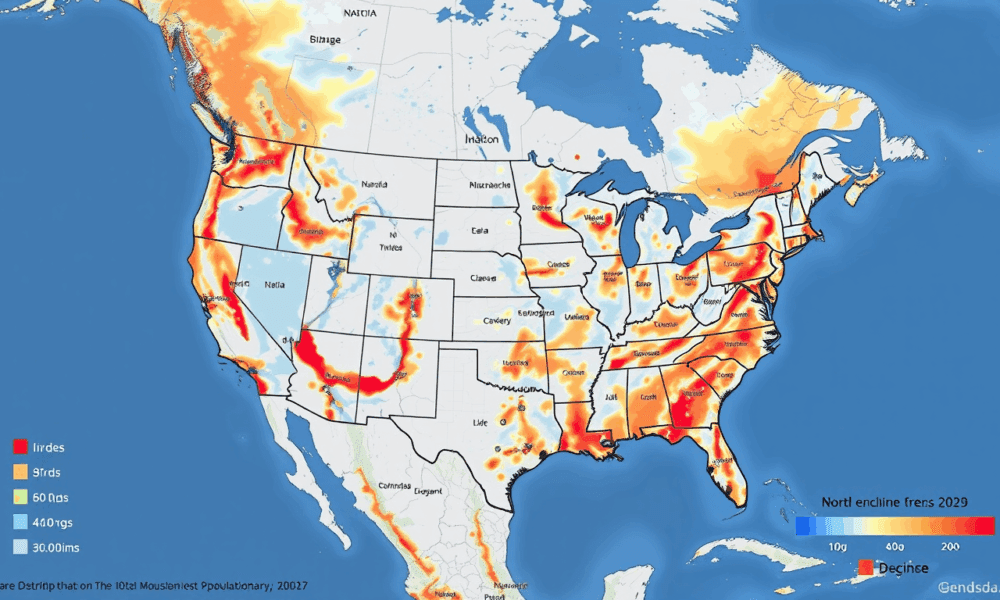
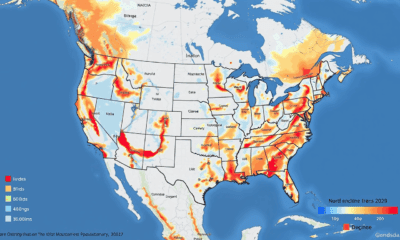

A groundbreaking study reveals that North American bird populations are declining most severely in areas where they should be thriving. Researchers analyzed 36 million bird observations...
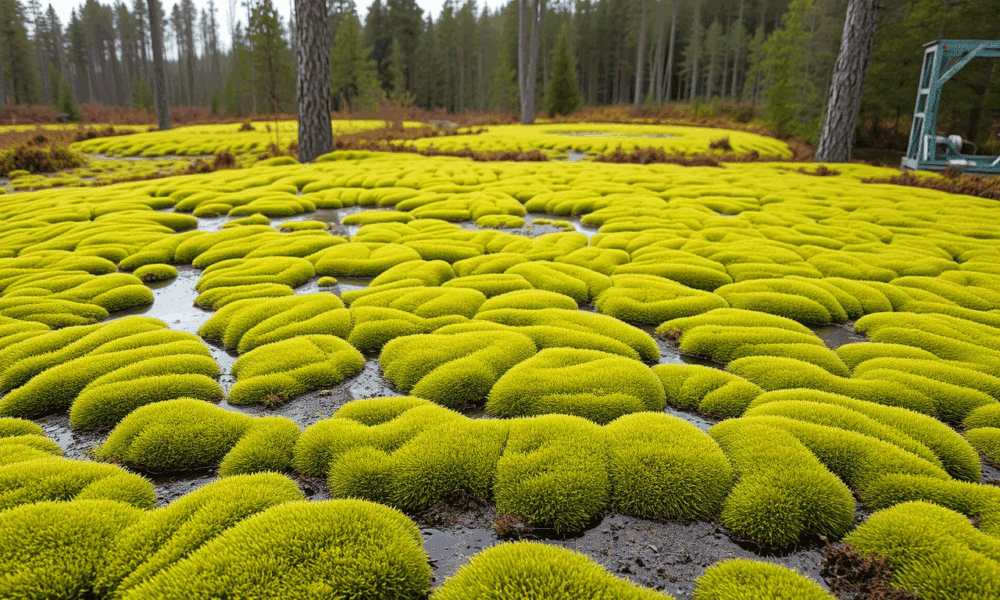
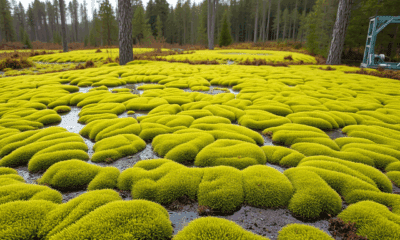

In what could represent a milestone in ecological restoration, researchers have implemented a method capable of restoring peatlands at tens of thousands of oil and gas...